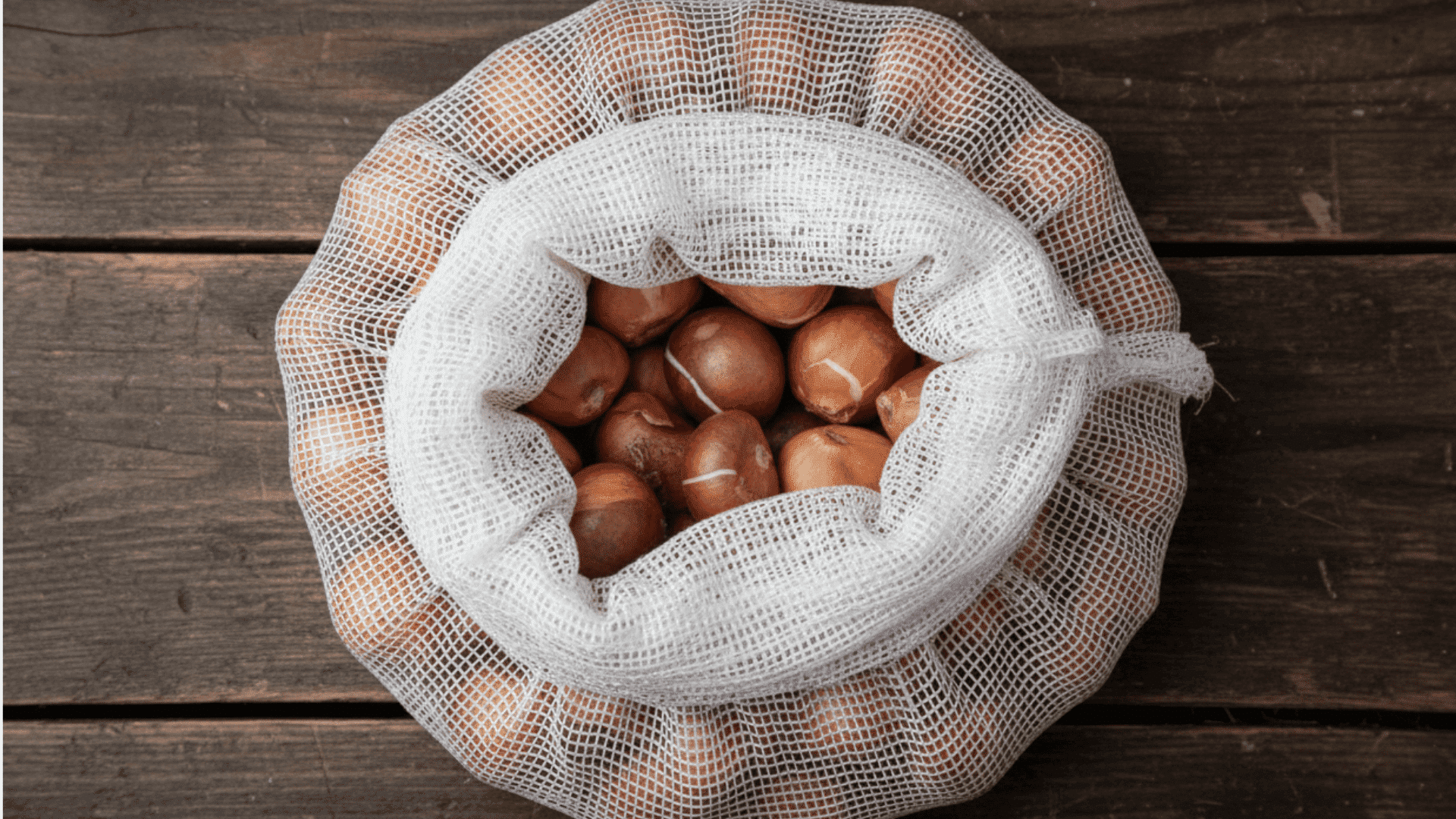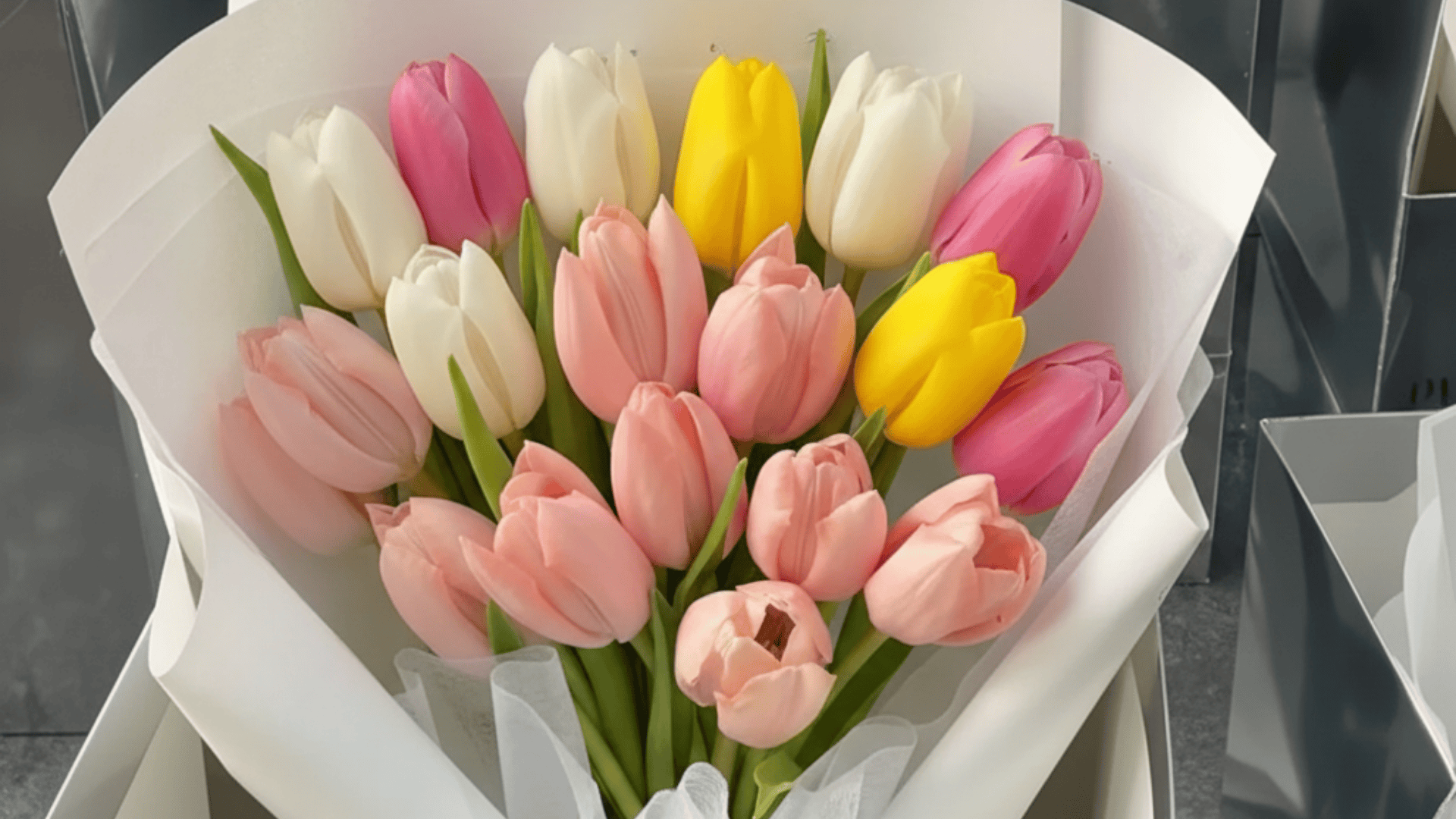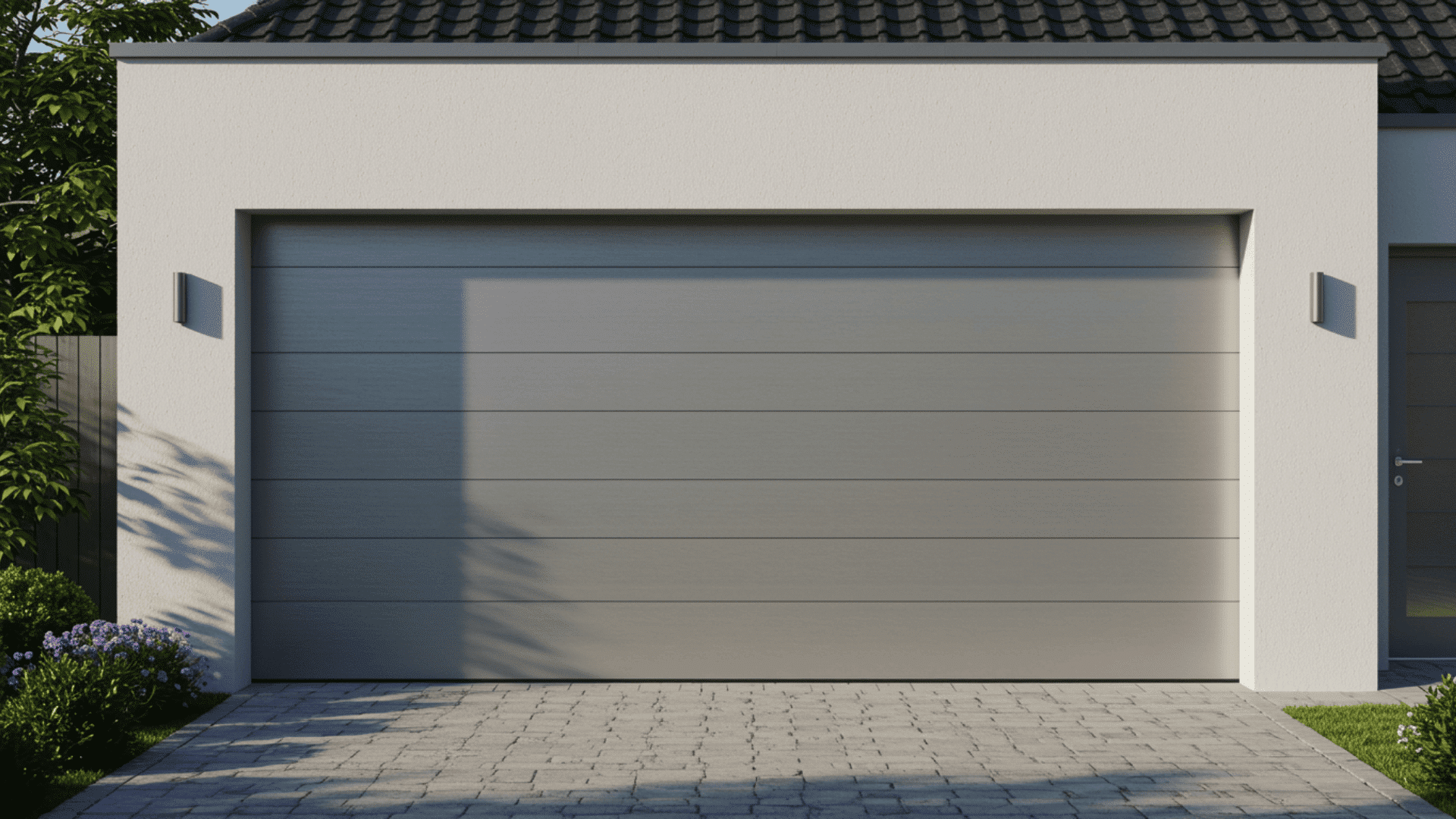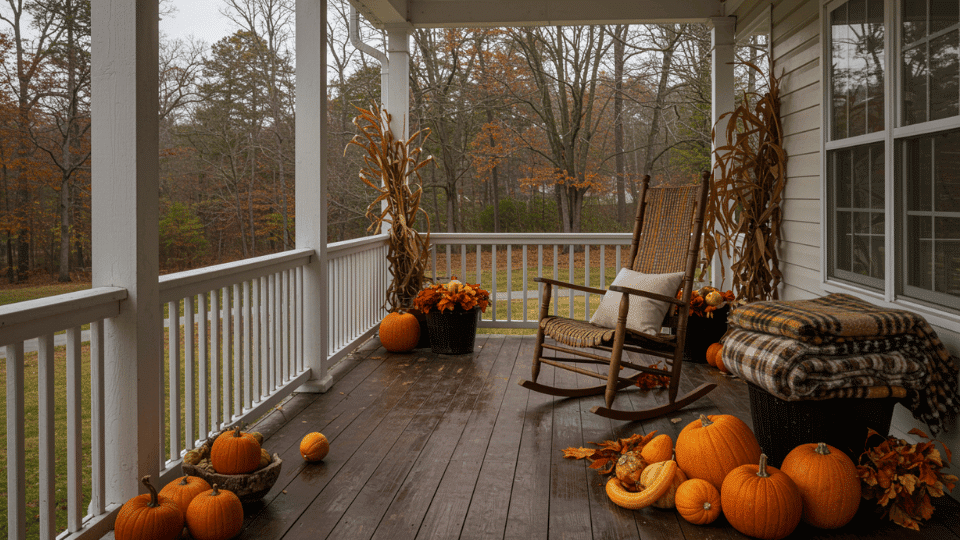Fresh tulips brighten any room, but they don’t stick around forever. Most people wanttheir blooms to last as long as possible, yet many see petals drop within days.
Understanding how long do tulips last helps set realistic expectations and improves care routines. The readers will learn the typical lifespan of cut and potted tulips, plus proven tips to extend their beauty.
With the right approach, tulips can deliver stunning color and charm far longer than expected. Let’s lookinto everything needed to maximize their lifespan.
Biological Classification of Tulip Plants
Tulips are popular spring flowers that brighten gardens with their wide range of colors. Knowing their scientific classification helps gardeners understand the plant’s background and growth habits.
| Rank | Name |
|---|---|
| Kingdom | Plantae |
| Class | Liliopsida |
| Order | Liliales |
| Family | Liliaceae |
| Genus | Tulipa |
| Species | Tulipa gesneriana |
How Long Tulip Bulbs Can Last in Storage Before Planting?
Tulip bulbs can stay healthy and ready for planting for about 6 to 12 months after harvest.
Unlike cut flowers, bulbs hold their energy and potential to bloom for a long time, making them an excellent choice for gardeners planning ahead.
Over time, the outer layers may dry slightly, but as long as the bulbs remain firm and free from soft spots or mold, they can still grow beautifully once planted.
Before using them, inspect each bulb carefully and discard any that appear shriveled or discolored. Healthy, solid bulbs will reward your patience with vibrant tulips when the next planting season arrives.
Storing Tulip Bulbs to Make Them Last

Timing and preparation determine whether bulbs survive storage successfully. The process begins right after the blooming season ends and requires careful attention to detail.
- Wait until leaves turn completely brown before lifting bulbs from the soil to avoid premature removal.
- Brush off loose soil with a soft cloth rather than rinsing, to prevent waterlogging.
- Sort bulbs by size immediately since larger ones store better and produce stronger blooms.
- Discard any damaged or diseased bulbs to prevent contamination of healthy stock.
- Label containers with variety names and digging dates for organized spring planting schedules.
Right Time to Plant Stored Bulbs

Timing the planting of stored bulbs correctly ensures they establish strong roots before winter arrives. Fall planting works best, typically between late September and early November, depending on the regional climate.
Soil temperature matters more than calendar dates. Bulbs need ground temperatures around 50-60°F for optimal root development.
Planting too early risks premature sprouting, while delayed planting doesn’t give roots enough time to anchor before freezing weather hits.
Most regions should aim for 6-8 weeks before the first hard frost as the ideal window. This timing allows bulbs to settle in and influences how long tulips last during their spring display, producing sturdier stems and fuller blooms.
How Long Do Tulips Last in Different Settings?
Different settings create varying conditions that either extend or shorten bloom time. Here’s what to expect based on where tulips are placed.
| Setting | Average Lifespan | Key Factors |
|---|---|---|
| Cut in Vase | 5-7 days | Fresh water, cool room temperature, stem trimming |
| Potted Indoors | 1-2 weeks | Proper drainage, indirect sunlight, and consistent watering |
| Garden/Outdoor | 1-3 weeks | Weather conditions, soil quality, and the natural growth cycle |
| Refrigerated | 2-3 weeks | Cold storage at 35-40°F, high humidity, dark environment |
Key Variables That Impact the Longevity of Tulip
Multiple variables influence bloom longevity, and recognizing them helps maximize display time. Some factors can be controlled easily, while others require more strategic planning and adjustment.
- Variety Selection Matters: Since certain cultivars naturally bloom 5-7 days longer than standard types
- Initial Freshness at Purchase: Determines starting quality, with tightly closed buds lasting much longer
- Water Quality and Cleanliness: Directly impacts bacterial growth that clogs stems and shortens life
- Ethylene Gas Exposure from Ripening Fruit: Accelerates petal drop and wilting within 24-48 hours
- Light Intensity and Duration: Affect opening speed, with bright light speeding up the bloom cycle
- Stem Cutting Angle and Frequency: Improve water uptake efficiency and nutrient flow to blooms
Controlling these elements gives anyone the power to significantly enhance beauty. Small adjustments create noticeable improvements in overall presentation and enjoyment.
Common Mistakes and How to Avoid Them
Simple errors drastically shorten the lifespan of tulip displays, yet most problems are preventable. Avoiding these missteps saves money and disappointment while keeping arrangements vibrant longer.
- Skipping daily water changes leads to bacterial buildup that blocks stems and causes premature wilting.
- Placing vases near heat sources, such as radiators and sunny windowsills, accelerates bloom opening and significantly shortens the lifespan of the blooms.
- Overcrowding in narrow containers restricts air circulation, promoting mold growth on foliage.
- Forgetting to remove lower leaves causes submerged foliage to rot quickly and contaminate clean water within hours.
- Using dull scissors for cutting crushes stem fibers, preventing clean cuts and optimal water absorption.
Conclusion
Knowing how long tulips last empowers better purchasing decisions and care strategies for maximum enjoyment.
Cut blooms typically survive 5-7 days, while potted varieties offer 1-2 weeks of color, and stored bulbs remain viable for months when handled correctly.
Small changes in placement, water maintenance, and cutting techniques can significantly improve display longevity.
Ready to put this knowledge into action? Grab fresh tulips today and watch them grow using these proven methods for extended beauty and satisfaction.






